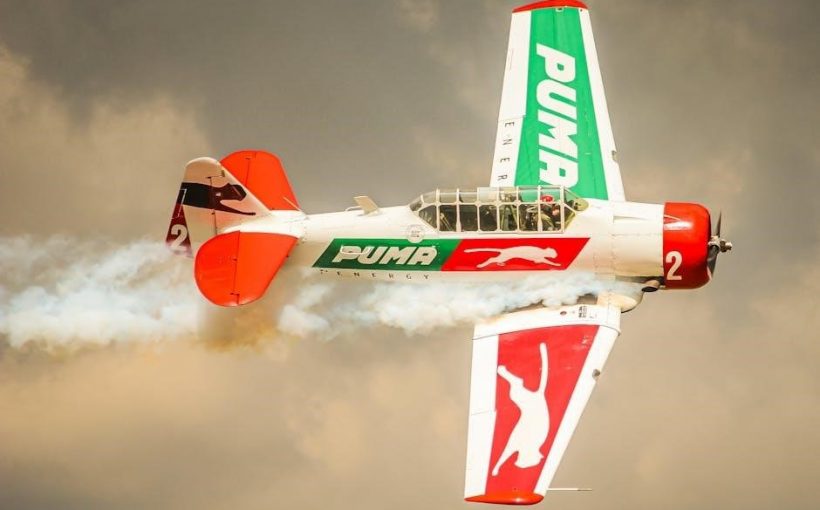Plane spotting is a captivating hobby that combines a passion for aviation, photography, and exploration. Enthusiasts observe and record aircraft, fostering a strong community and knowledge sharing.
1.1 What is Plane Spotting?
Plane spotting is a hobby where enthusiasts observe, identify, and document aircraft. It often involves visiting airports or designated spots to watch planes take off and land. Participants may use binoculars, cameras, and apps to enhance their experience. The activity is similar to bird watching but focuses on aircraft instead. Plane spotters typically log their sightings, either in journals or using digital tools, and share their experiences with others in the community. This hobby combines an interest in aviation with social interaction and can involve learning about different aircraft types and photography techniques.
1.2 The Appeal of Plane Spotting
Plane spotting appeals to many due to its unique blend of excitement, education, and community. It offers a thrilling way to connect with aviation, combining technology, design, and history. For enthusiasts, the challenge of identifying aircraft and capturing rare sightings adds a sense of achievement. The hobby also fosters creativity through photography and storytelling. Additionally, it provides opportunities to meet like-minded individuals, creating a strong, supportive community. This blend of personal interest and social connection makes plane spotting a rewarding and engaging pastime for many worldwide.
1.3 Brief History of Plane Spotting
Plane spotting traces its roots to the early 20th century, emerging alongside aviation’s rapid development. Initially, enthusiasts gathered at airfields to observe and document aircraft, driven by curiosity and a passion for flight. Post-WWII, the hobby gained popularity as commercial air travel expanded. The 1960s and 1970s saw the rise of organized spotting groups and the creation of logging systems. Today, modern technology like apps and social media have transformed the hobby, making it more accessible and global than ever before.
Essential Equipment for Plane Spotting
Binoculars, spotting scopes, and cameras are key tools for observing and capturing aircraft details. Apps and notebooks help track and log sightings efficiently.
2.1 Binoculars
Binoculars are a fundamental tool for plane spotting, offering magnification to observe aircraft details. A 7x or 8x magnification is ideal for stability and clarity. Look for waterproof models with good optical quality to handle various weather conditions. Wide objective lenses enhance light gathering, crucial for distant or low-light observations. Ergonomic design and adjustable eyecups ensure comfort during extended use. Binoculars are portable and essential for spotting in dynamic environments, making them a must-have for any enthusiast.
2.2 Spotting Scopes
Spotting scopes are portable telescopes designed for magnifying distant aircraft, ideal for detailed observations. Typically offering 20x to 60x magnification, they provide superior clarity compared to binoculars. A sturdy tripod is essential to stabilize the scope, ensuring steady viewing. Look for models with a wide field of view and smooth focus mechanisms for tracking moving planes. Weather-resistant scopes are recommended for outdoor use. While less portable than binoculars, they deliver exceptional detail, making them a valuable tool for serious plane spotters seeking precise aircraft identification.
2.3 Camera Equipment
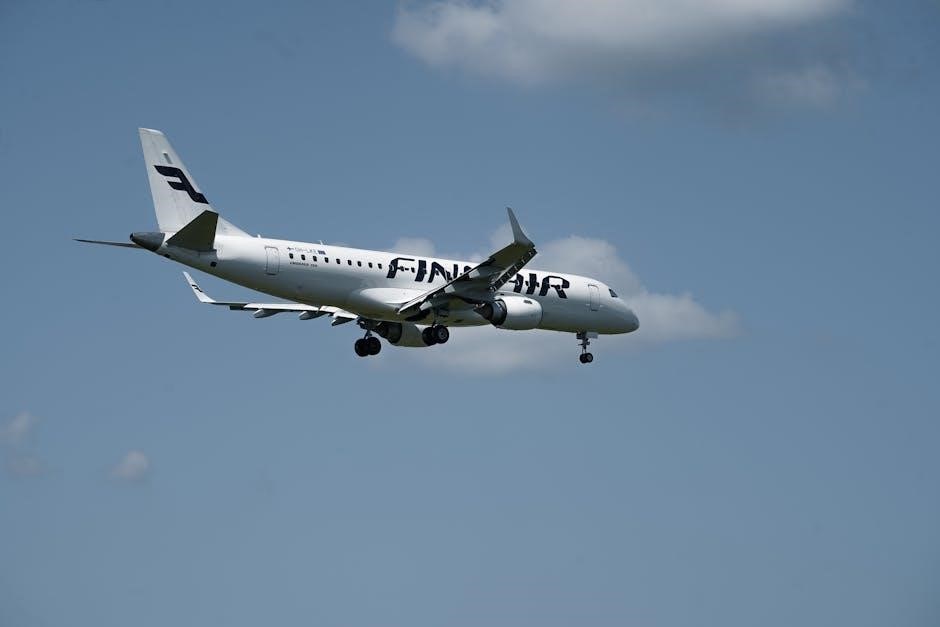
Camera equipment is vital for capturing high-quality images of aircraft. DSLR or mirrorless cameras are ideal, offering superior zoom and autofocus capabilities. A telephoto lens (at least 200mm) is essential for distant planes. Image stabilization ensures sharp photos, while fast autofocus tracks moving aircraft effectively. For casual spotters, high-end smartphones with advanced cameras can suffice. Additional accessories like tripods and memory cards enhance your setup. Learning proper camera settings will help you freeze moments and document your sightings with precision and clarity, making your plane spotting experiences even more rewarding.
2.4 Plane Spotting Apps
Plane spotting apps are indispensable tools for enthusiasts, offering real-time flight data and aircraft tracking. Apps like Flightradar24 and Plane Finder use ADS-B technology to show aircraft positions on a map. They provide details such as flight numbers, altitudes, and speeds, helping spotters identify planes efficiently. Many apps also offer push notifications for specific flights and allow users to log sightings. These tools enhance the spotting experience, making it easier to track and document aircraft while connecting with other enthusiasts worldwide.
2.5 Notebooks and Logging Tools
Notebooks and logging tools are essential for documenting plane spotting adventures. A dedicated notebook allows spotters to record aircraft details, such as registration numbers, aircraft types, and sighting locations. Digital tools like spreadsheets or apps provide organized storage and easy retrieval of data. These tools help track progress, identify trends, and share findings with fellow enthusiasts. Whether analog or digital, logging tools enhance the spotting experience by creating a lasting record of observations and fostering a sense of achievement.
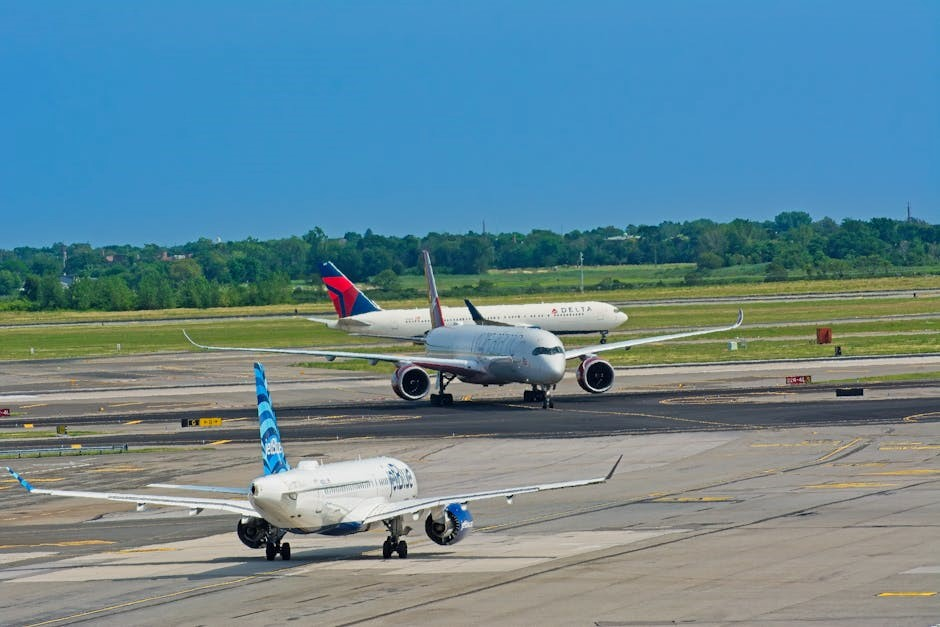
Best Locations for Plane Spotting
Popular plane spotting locations include major airports, airshows, and aviation museums. These spots offer excellent visibility, high aircraft traffic, and unique opportunities for enthusiasts to observe planes up close.
3.1 Airports
Airports are prime locations for plane spotting, offering direct access to aircraft activity. Major international airports like Heathrow, JFK, and Dubai provide diverse traffic, including commercial liners, cargo planes, and private jets. Spotters can observe aircraft taxiing, taking off, and landing from designated viewing areas or terminals. Many airports feature observation decks or spots near runways, enhancing the experience. These locations allow enthusiasts to capture high-quality photos and log aircraft registrations efficiently. Popular airports often host aviation events, adding to their appeal for spotters worldwide.
3.2 Aviation Museums
Aviation museums are excellent spots for plane enthusiasts, offering a unique opportunity to explore historical aircraft up close. While not traditional plane spotting, museums provide insights into aviation history, showcasing retired models and rare planes. Many museums feature interactive exhibits, allowing visitors to learn about aircraft design and evolution. These locations are ideal for spotters who want to deepen their knowledge and appreciate the heritage of aviation. Famous museums like the National Air and Space Museum or the RAF Museum are must-visits for any aviation enthusiast.
3.3 Airshows and Events
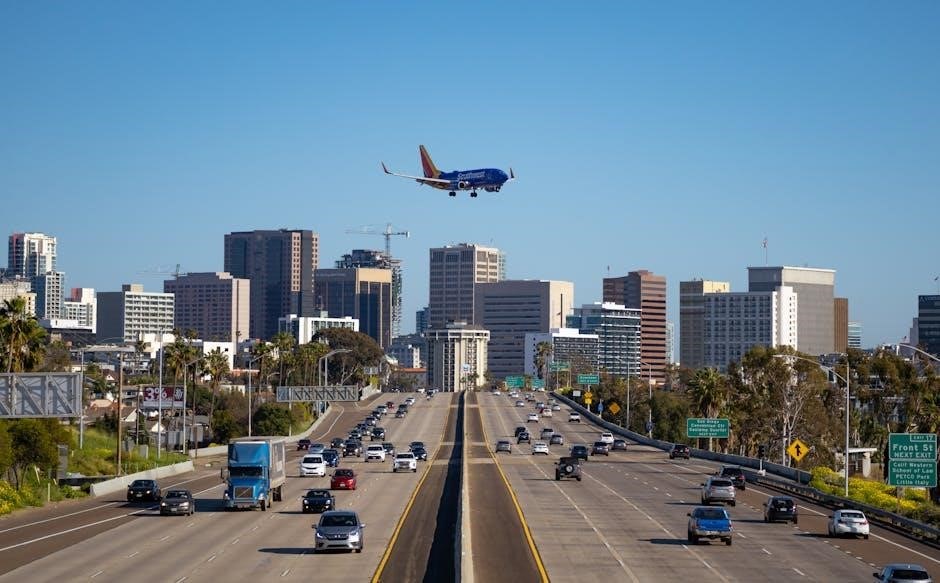
Airshows and aviation events are thrilling experiences for plane spotters. These gatherings showcase a variety of aircraft, from military jets to vintage planes, often performing aerobatic maneuvers. Events like airshows provide unique opportunities to spot rare or historic aircraft, making them a hotspot for enthusiasts. Additionally, they offer a chance to connect with other spotters and aviation professionals, creating a lively and educational atmosphere. Major airshows, such as the Paris Air Show or the Royal International Air Tattoo, attract global attention and are must-attend events for any serious spotter.
3.4 Remote Spotting Locations
Remote spotting locations offer serene environments for enthusiasts to observe aircraft without crowds. These areas, often near small airstrips or rural flight paths, provide unique opportunities to capture rare or private planes. Quiet settings allow spotters to focus on aircraft sounds and details, enhancing the experience. However, accessing these locations may require patience and research, as they are less frequented. Remote spots are ideal for those seeking solitude and a chance to spot less common aircraft in a peaceful atmosphere.
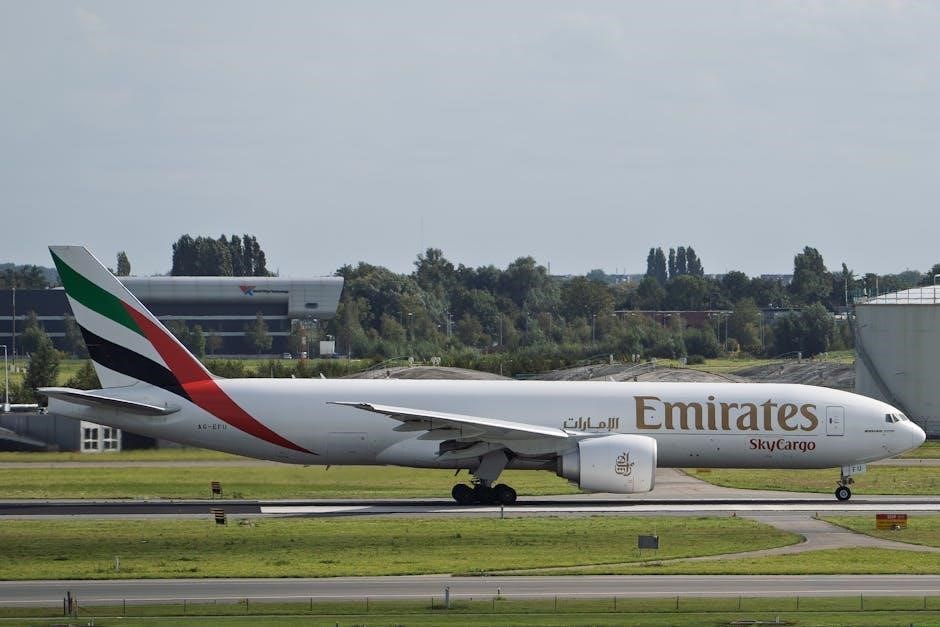
Safety and Etiquette
Practicing safety and etiquette is crucial for a positive plane spotting experience. Always follow airport rules, respect privacy, and maintain a safe distance from aircraft and equipment.
4.1 Safety Tips
Always prioritize safety while plane spotting. Be aware of your surroundings, stay behind designated barriers, and avoid trespassing. Use binoculars or scopes safely, ensuring clear visibility. Keep a safe distance from aircraft and equipment to avoid accidents. Familiarize yourself with local laws and airport regulations. Stay informed about weather conditions and potential hazards. Wear reflective or high-visibility clothing for increased visibility. Never compromise safety for a better view or photo opportunity.
4.2 Airport Rules and Regulations
Always adhere to airport rules and regulations while plane spotting. Familiarize yourself with specific guidelines, as they vary by location. Respect restricted areas and security protocols. Obtain necessary permits or approvals if required. Follow instructions from airport staff or security personnel. Avoid using drones or unauthorized equipment. Stay in designated viewing areas to maintain safety and compliance. Be mindful of noise levels and avoid disturbances. By following these rules, you help ensure a positive experience for everyone involved.
4.3 Respect for Privacy
Respecting privacy is crucial when engaging in plane spotting. Avoid intruding on private property or restricted areas without permission. Refrain from photographing individuals or sensitive information without consent. Be mindful of personal space and avoid sharing sensitive data about pilots or passengers. Always follow local laws regarding surveillance and photography. By respecting privacy, you contribute to a positive reputation for the hobby and ensure it remains accessible and enjoyable for everyone involved.
Understanding Aircraft
Understanding aircraft is fundamental for plane spotters, enabling identification of commercial, military, and general aviation planes, each with unique features and purposes, enhancing the spotting experience.
5.1 Commercial Aircraft
Commercial aircraft are designed for transporting passengers and cargo, ranging from small regional jets to large wide-body planes like Boeing 747s and Airbus A380s. These aircraft are operated by airlines worldwide, offering scheduled flights for millions daily. Spotters often focus on identifying different models, noting distinct features such as engine types, wing designs, and liveries. Commercial planes are a cornerstone of aviation, making them a popular subject for plane spotters due to their frequent presence at airports and diverse designs.
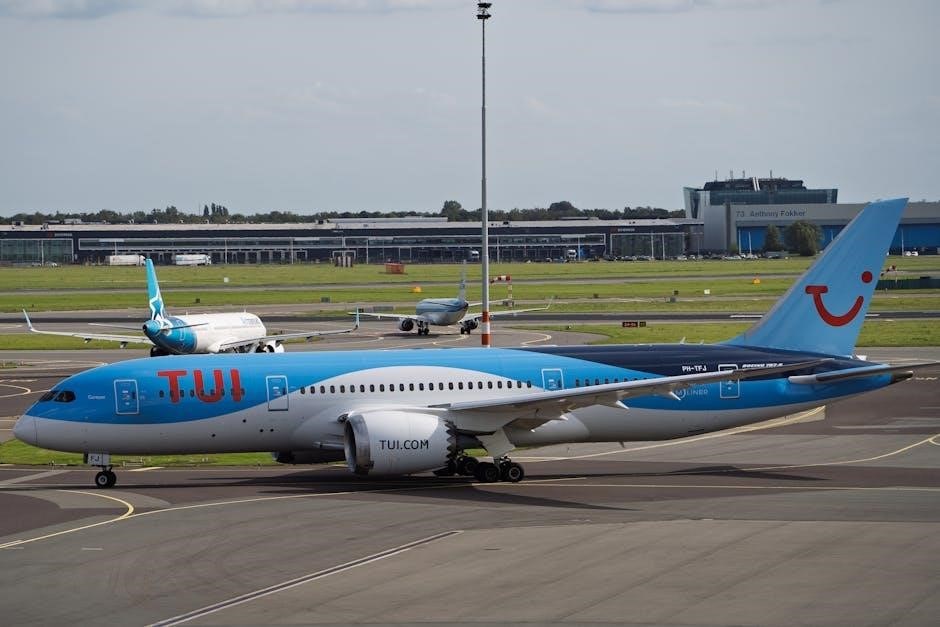
5.2 Military Aircraft
Military aircraft are designed for defense, surveillance, and combat, featuring advanced technology and unique designs. Examples include fighter jets like the F-16 and F-22, transport planes like the C-130, and helicopters like the Apache. These aircraft often display distinctive camouflage and markings, making them appealing for spotters. Military planes may be seen at airbases, airshows, or during military exercises. Their powerful engines and sleek designs set them apart from commercial aircraft, offering thrilling opportunities for enthusiasts to observe and photograph.
5.3 General Aviation Aircraft
General aviation aircraft encompass a wide range of smaller, non-commercial planes used for private, business, or training purposes. Examples include the Cessna 172 and Piper Cherokee. These aircraft are typically smaller, propeller-driven, and designed for flexibility. They often serve in flight schools, personal recreation, or short-distance transport. General aviation planes are easily identifiable by their smaller size and diverse liveries. Spotters enjoy their variety and accessibility, as they frequently operate from smaller airfields or regional airports, offering unique opportunities for observation and photography compared to larger commercial jets.
5.4 Historical Aircraft
Historical aircraft are vintage planes preserved for their cultural or historical significance. They include iconic models like the Supermarine Spitfire or Boeing B-17. These aircraft are often showcased in airshows or museums, offering a glimpse into aviation’s past. Spotters can identify them by their unique designs, vintage liveries, or rare configurations. Historical planes provide a connection to key moments in aviation history, making them a fascinating and educational focus for enthusiasts. Spotting them allows spotters to appreciate their legacy and artistic appeal.
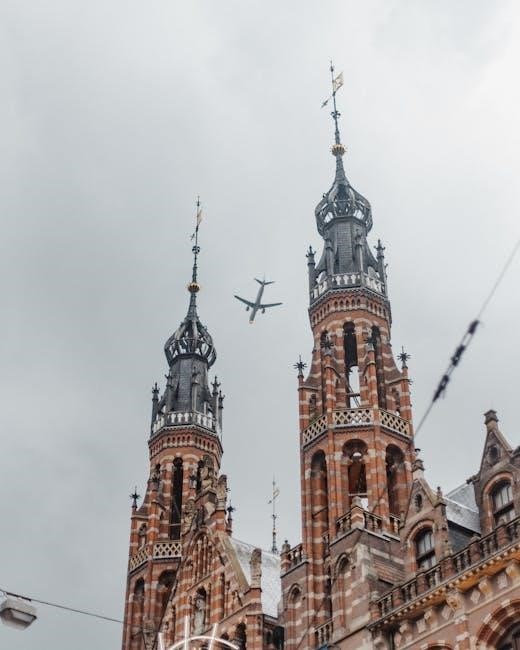
Advanced Plane Spotting Techniques
Advanced plane spotting techniques require dedication and skill to elevate your hobby. Enthusiasts learn to decode aircraft details, utilizing advanced methods to enhance their pursuit.
6.1 Aircraft Identification
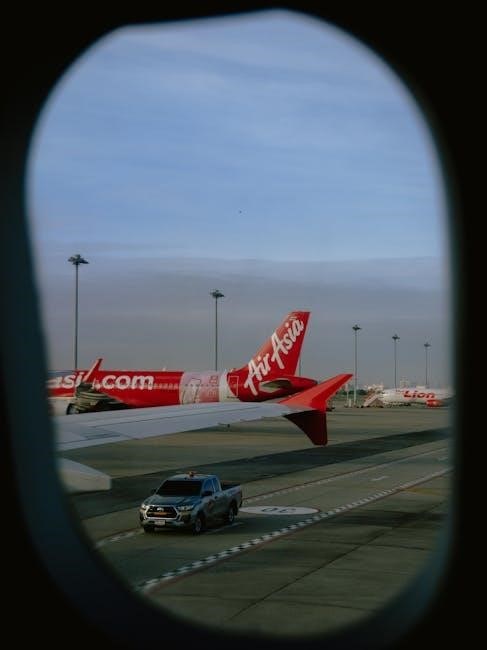
Aircraft identification is a cornerstone of plane spotting, requiring keen observation of details like wing shape, engine placement, and tail design. Spotters learn to distinguish models by features such as wingtip extensions or unique paint schemes. For example, Boeing 737s often have visible winglets, while Airbus A320s may display distinctive engine cowls. This skill enhances the spotting experience, allowing enthusiasts to accurately log their sightings and expand their knowledge of aviation technology. Practice and familiarity with common aircraft types make identification more efficient over time.
6.2 Engine Types and Sounds
Different engine types produce distinct sounds, aiding spotters in aircraft identification. Turbofan engines, common on commercial planes, emit a deep roar, while turbojets, often found on military jets, produce a higher-pitched whine. The number of engines and their placement also affect the sound. For instance, a Boeing 747’s four engines create a unique rumble, whereas a single-engine fighter jet produces a sharp, piercing noise. Recognizing these auditory cues enhances spotting accuracy and enriches the overall experience of observing aircraft in motion.
6.3 Painting and Livery Recognition
Aircraft liveries are unique designs that help identify airlines or purposes. Spotters recognize patterns, colors, and logos, such as Emirates’ gold accents or British Airways’ Union Jack tail. Special liveries commemorate events or partnerships, offering visual cues. Observing these details enhances identification accuracy and adds enjoyment to spotting. Paying attention to fuselage stripes, tail designs, and wingtips can also reveal an aircraft’s origin or role, making livery recognition a key skill for enthusiasts.
6.4 Understanding Flight Patterns
Recognizing flight patterns enhances plane spotting efficiency. Aircraft often follow standardized arrival and departure routes, influenced by wind, air traffic, and airport procedures. By studying these paths, spotters can anticipate when and where planes will appear. Familiarity with approach lanes, holding patterns, and runway alignments improves timing and positioning for photography or logging. Understanding flight patterns also reveals operational habits of airlines, aiding in predicting aircraft movements and optimizing spotting sessions.
Logging and Recording Your Spottings
Logging and recording your spottings helps track progress, preserve memories, and share experiences. It allows enthusiasts to document aircraft details, locations, and timestamps, fostering community engagement and learning.
7.1 Keeping a Spotting Journal
A spotting journal is a personalized record of your observations, allowing you to document aircraft details, dates, locations, and unique features. It serves as a valuable tool for tracking progress and reflecting on past encounters. Many enthusiasts include notes on aircraft behavior, liveries, or rare sightings. A journal also helps in identifying patterns and planning future spotting trips. Whether digital or physical, maintaining a journal enhances the hobby’s enjoyment and creates a lasting archive of your aviation adventures.
7.2 Using Digital Tools
Digital tools have revolutionized plane spotting, offering efficient ways to log and manage sightings. Apps like FlightAware and Planefinder provide real-time flight data, enabling precise tracking. Additionally, spreadsheet software and specialized logging platforms allow for organized data entry, with features for sorting, filtering, and searching. Digital tools also facilitate sharing and collaboration within the spotting community, making it easier to compare notes and learn from others. They enhance accuracy and streamline the logging process for a more enjoyable experience.
7.3 Sharing Your Spottings Online
Sharing your plane spottings online connects you with a global community of enthusiasts. Platforms like Instagram, Flickr, and specialized forums allow you to upload photos and logs. Websites such as FlightAware and Airliners.net enable detailed reporting of aircraft sightings. Sharing fosters collaboration, feedback, and learning. Use timestamps, aircraft IDs, and clear descriptions to make your contributions valuable. Online sharing enhances your hobby’s enjoyment and helps build a collective resource for plane spotters worldwide.
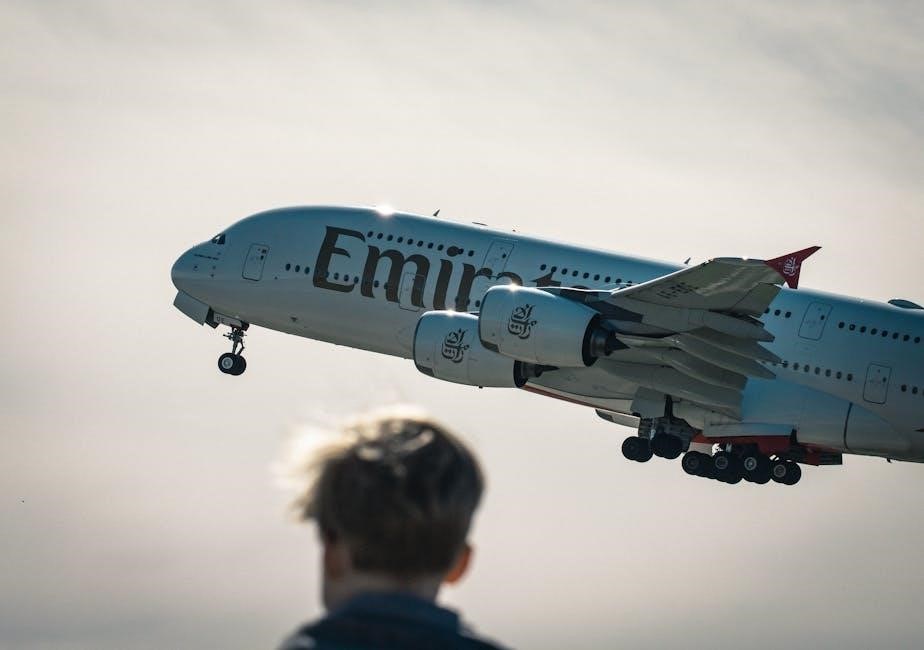
Plane Spotting Communities
Plane spotting communities unite enthusiasts worldwide, fostering connections, shared knowledge, and experiences. They provide platforms for exchanging tips, news, and support, creating a vibrant, inclusive network.
8.1 Online Forums
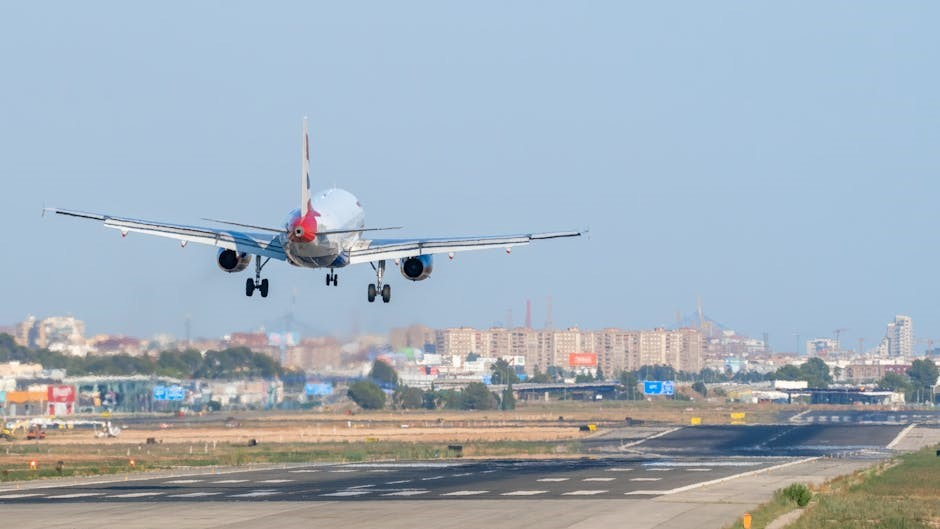
Online forums are vibrant hubs where plane spotters gather to share knowledge, photos, and experiences. They offer real-time updates, discussions, and tips, fostering global connections among enthusiasts. These platforms also provide valuable resources for identifying aircraft and staying informed about aviation events.
Popular forums often feature dedicated sections for logging sightings, discussing equipment, and learning from experienced spotters. They serve as indispensable tools for both newcomers and seasoned plane spotting enthusiasts worldwide.
8.2 Local Spotting Groups
Local spotting groups offer personalized connections and hands-on learning opportunities for enthusiasts. These groups often organize meetups at prime spotting locations, allowing members to share tips and experiences in real-time.
Many groups are led by experienced spotters who provide valuable insights and guidance. Joining a local group can enhance your spotting skills and create lasting friendships with fellow aviation enthusiasts in your area.
8.3 Social Media Communities
Social media platforms have become vibrant spaces for plane spotters to connect, share, and learn. Communities on Facebook, Instagram, and Reddit foster global connections among enthusiasts, allowing real-time updates and photo sharing.
These platforms enable spotters to post their findings, receive feedback, and gain insights from experienced members. They also serve as hubs for discussing trends, rare sightings, and new technologies in aviation, making them invaluable for both newcomers and seasoned spotters.
Photography Tips for Plane Spotting
Photography enhances plane spotting by capturing aircraft details and preserving memorable moments. Mastering techniques like timing, lighting, and composition elevates your hobby and shares stunning visuals with enthusiasts.
9.1 Best Camera Settings
For capturing sharp aircraft images, use fast shutter speeds (1/1000th of a second or faster) to freeze motion. Manual or Shutter Priority mode is ideal. Set ISO between 100-400 for optimal quality. Use continuous autofocus to track moving planes and ensure precise focus. A wide aperture (f/5.6 to f/8) balances depth of field and light intake. Shoot in RAW format for better post-processing flexibility. Experiment with these settings based on lighting conditions to achieve stunning, professional-grade aircraft photos.
9.2 Lighting and Composition
Lighting plays a crucial role in aviation photography. Shoot during the golden hour for soft, warm tones that enhance aircraft details. Avoid harsh midday light, as it can create unflattering shadows. Overcast skies provide diffused light, reducing reflections and highlighting colors. When composing, use the rule of thirds to position the aircraft dynamically. Incorporate the environment, such as runways or skies, to add context. Experiment with angles, like low perspectives or bird’s-eye views, to create visually appealing frames that highlight the aircraft’s design and movement.
9.3 Editing Your Photos
Editing is essential to enhance your plane spotting photos. Adjust exposure, contrast, and color balance to ensure vibrant, natural results. Crop images to focus on the aircraft, removing distractions. Use noise reduction for high-ISO shots and sharpen details to highlight textures. Employ software like Lightroom or Photoshop for precise adjustments. Avoid over-editing to maintain authenticity. Add subtle vignettes or filters to enhance mood. Save in high-resolution formats for sharing or printing. Editing refines your captures, making them stand out while preserving the original moment.
Plane spotting is a rewarding hobby that blends aviation passion, photography, and community. From mastering equipment to exploring global locations, it offers endless learning and enjoyment. Whether capturing rare aircraft or sharing tips, the journey is as exciting as the destination. Embrace safety, respect, and creativity to make the most of your adventures. With dedication and curiosity, plane spotting becomes a lifelong pursuit, connecting enthusiasts worldwide in celebrating the wonders of flight.
